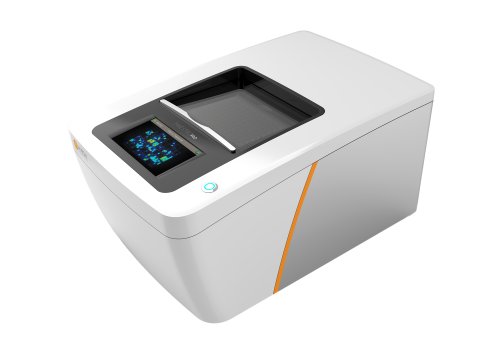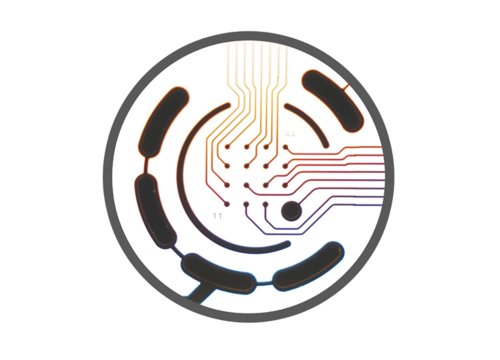Authors: Yanjing Zhu, Ruiqi Huang, Liqun Yu, Zhibo Liu, Yuchen Liu, Wenyong Fan, Gufa Lin, Zhaojie Wang, Xiaolie He, Xu Xu, Bei Ma, Youwei Chen, Yuxin Bai, Jing Li, Bairu Chen, Liming Cheng, and Rongrong Zhu
Nature Biomedical Engineering, 24 October 2025
Researchers use Maestro MEA to confirm the functionality of engineered spinal cord organoids before transplantation.
Repairing spinal cord injuries remains one of the greatest challenges in regenerative medicine. While organoid-based transplantation offers a promising path toward restoring function, past attempts have struggled with poor integration and limited control over the organoid’s regional identity. To address these issues, researchers in this study engineered thoracic spinal cord organoids (enTsOrgs) designed to precisely match the segment of the spinal cord targeted for transplantation.
To confirm the functionality of their organoids before transplantation, the team used Axion BioSystems’ noninvasive Maestro Pro MEA platform to record spontaneous electrophysiological activity, demonstrating the formation of active neural networks. When transplanted into mice with spinal cord injuries, the enTsOrgs established functional synaptic connections with host tissue and led to improved motor function, highlighting their potential therapeutic value.
This study represents a major step toward the development of region-specific spinal cord organoids for neural repair, combining precise engineering and functional validation to advance next-generation treatments for spinal cord injury.


